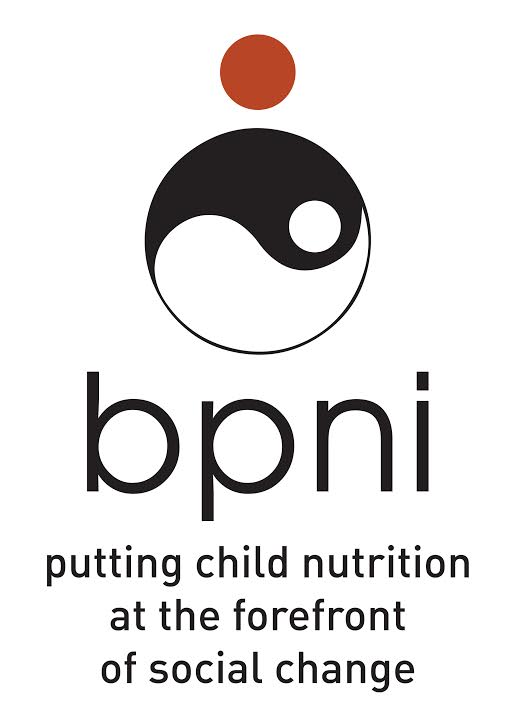Caesarean Mothers Can Breastfeed Successfully if Supported
 Breastfeeding is a beautiful and natural process, but for mothers who give birth via Caesarean section (CS), it can present some additional challenges such as post-surgical pain and exhaustion. C-sections are increasingly common in India as the 2021 NHFS data shows 21.5% babies are born via C-sections.Only one in 2 women who give birth in the hospital are able to breastfeed within an hour of birth, CS plays a major part.
Breastfeeding is a beautiful and natural process, but for mothers who give birth via Caesarean section (CS), it can present some additional challenges such as post-surgical pain and exhaustion. C-sections are increasingly common in India as the 2021 NHFS data shows 21.5% babies are born via C-sections.Only one in 2 women who give birth in the hospital are able to breastfeed within an hour of birth, CS plays a major part.
While the recovery period after surgery can make breastfeeding feel more difficult, the truth is that CS mothers can breastfeed successfully—especially when they receive the right support and guidance. There are success stories which inspire this positive change. For hospitals and healthcare providers, creating an environment that supports mothers who had C-sections is essential to helping them overcome the hurdles they might face. With proper care, encouragement, practical support by a skilled staff, breastfeeding can be both achievable and rewarding for these mothers.
Understanding the Challenges After a C-Section Birth
Recovering from a C-section involves both physical and emotional adjustments, and these can sometimes delay the start of breastfeeding. The most common challenges for mothers include:
Pain and discomfort: After surgery, abdominal pain and soreness can make it hard for mothers to find a comfortable breastfeeding position.
Delayed initiation: Unlike vaginal births, where breastfeeding can often start within the first hour of life, mothers who undergo C-sections may experience a delay before they can initiate breastfeeding. This could be due to anaesthesia, post-surgery monitoring, or separation from the baby in the recovery room.
Fatigue: Recovering from surgery is exhausting, and mothers may feel too tired or weak to breastfeed in the immediate hours or days after the operation.
Emotional stress: Mothers who had planned for a vaginal birth but ended up needing a C-section may feel disappointed, anxious, or stressed, which can affect their confidence in breastfeeding.
Family pressures: Mothers who have C-section, family members sometime insist that she rests and breastfeeding is not a priority.
Despite these hurdles, CS mothers can breastfeed successfully if given appropriate care and support. We have heard from many mothers about such success even after CS birth. When hospitals begin changing their routines towards breastfeeding friendly progress is possible.
How hospitals Can Help?
- Immediate Skin-to-Skin Contact and Early Initiation
It’s important to prioritize early skin-to-skin contact between mother and baby. Research shows that skin-to-skin contact helps stimulate milk production, encourages the baby to latch, and fosters bonding. Hospitals can ensure that mothers and babies are together as quickly as possible after the surgery, allowing for skin-to-skin contact within the first hour, the “Golden Hour” for initiating breastfeeding. Mother may be unable to hold the baby immediately after surgery, it here hospitals staff can assist the mother with skin-to-skin contact or a family member can help.
- Supportive Breastfeeding Positions for Post-Surgery Comfort
Hospitals should teach and encourage alternative breastfeeding positions that allow mothers to feed their babies comfortably without putting pressure on their incision site. These include:
Side-lying position: This position allows mothers to lie on their side with the baby positioned next to them, which avoids pressure on the abdomen and can be more comfortable during the early recovery period.
Football hold: This position involves holding the baby under the arm, like a football, which also helps avoid placing weight on the mother’s incision area.
With the right positioning, mothers can feel more comfortable and confident as they establish breastfeeding.
- Encouraging Rooming-In to Build Confidence
Many hospitals follow a rooming-in policy, which allows mothers and babies to stay together in the same room 24/7. For CS mothers, this can be incredibly helpful if mother and baby are within arm’s length. This can help the mother learn her baby’s hunger cues and establish a strong breastfeeding routine. When a mother is confident,it helps in better milk supply via oxytocin reflex. The practice of rooming-in can reduce the need for commercial formula supplementation.
- Emotional and Psychological Support is Essential
Breastfeeding is as much an emotional experience as it is a physical one. Mothers who have undergone CS births may feel frustrated or disappointed if they didn’t have the birth experience they had planned. This can sometimes affect their confidence in breastfeeding, leading to doubt or stress that reduces oxytocin and thus milk supply. Trained healthcare providers and lactation counsellors can play a vital role in offering reassurance that breastfeeding is possible. Showing videos of other mothers can also be helpful.
In conclusion , hospitals can play a critical role in providing support to mothers with CS, from initiating early skin-to-skin contact to offering lactation support services and emotional reassurance.
Overcome breastfeeding challenges in CS birth is possible. That’s what happens in a “Breastfeeding Friendly Hospital”.
Join the movement
Let’s turn our hospitals into breastfeeding friendly
#BreastfeedingFriendlyHospitals
Dr. Arun Gupta
Central Coordinator BPNI
